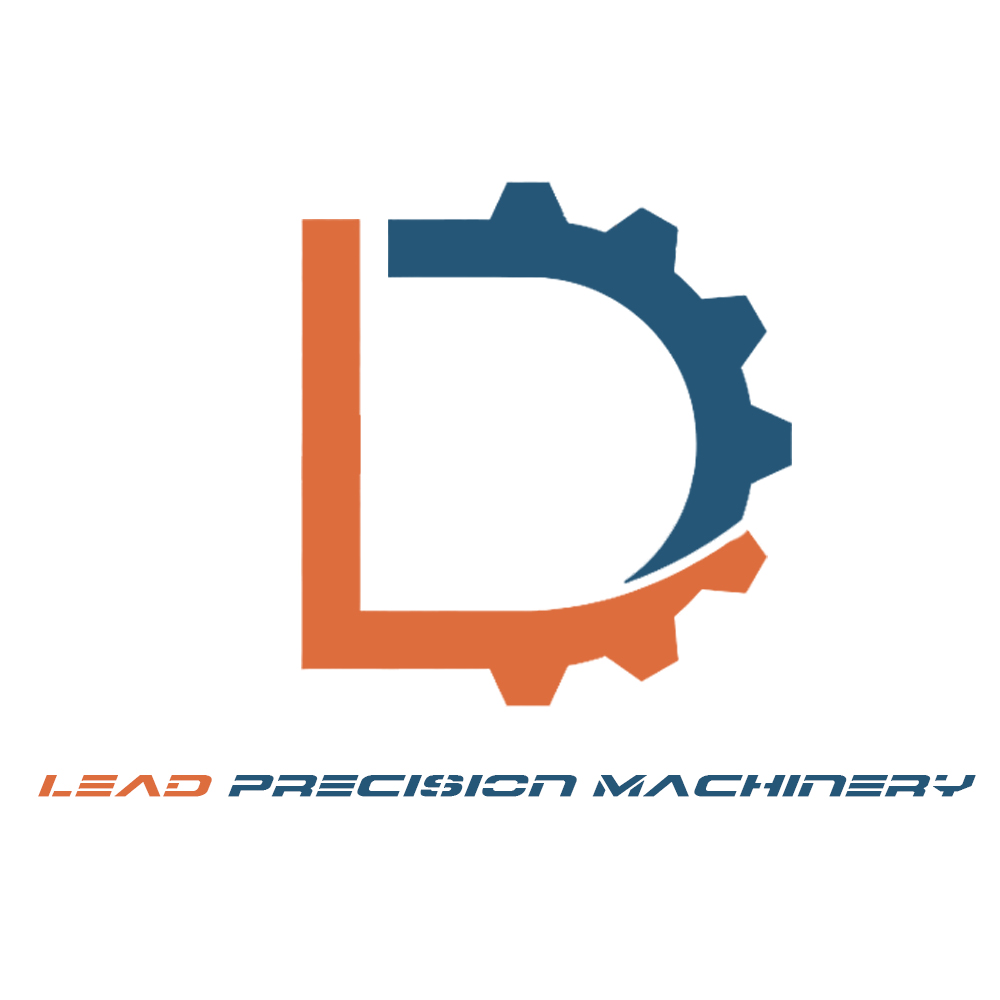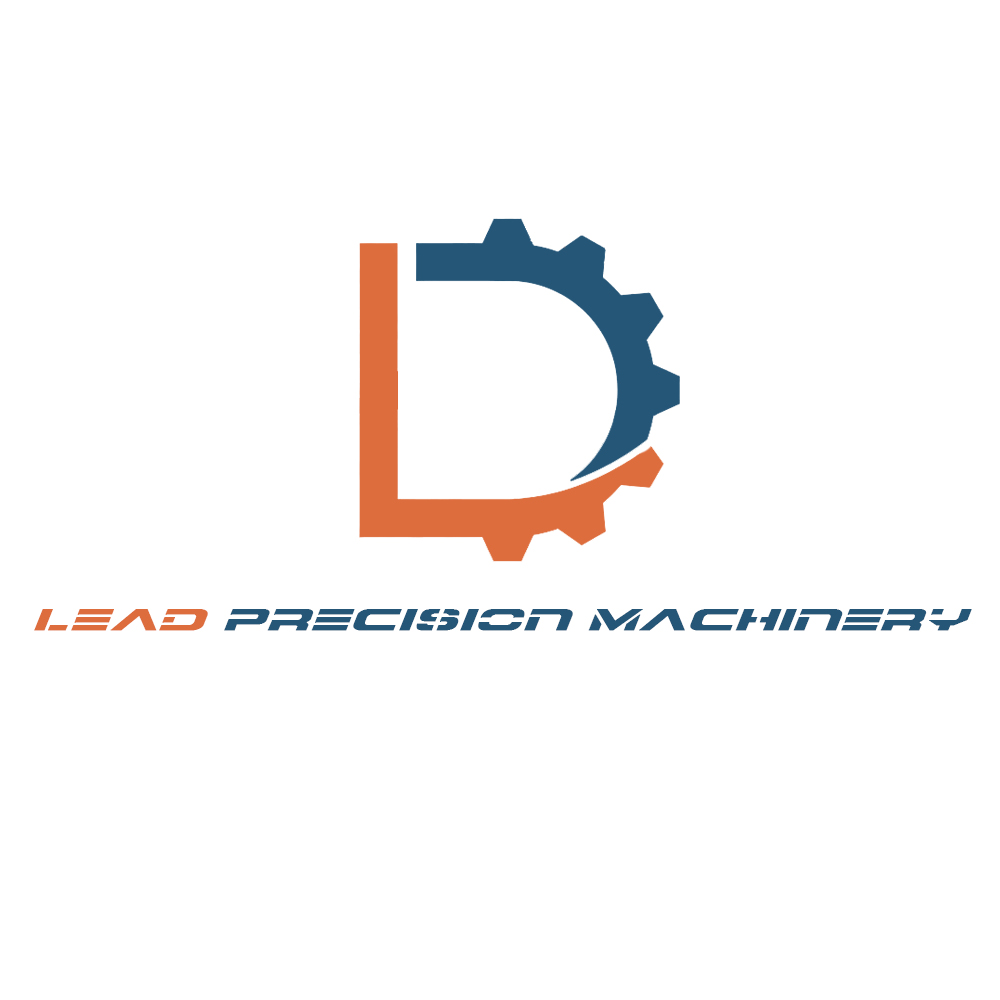Ever wondered how to turn your idea into a real, physical object? Whether you’re working on a school project, a business prototype, or a creative gift, finding where to get things 3D printed is often the first hurdle.
With 3D printing becoming more accessible, the options can feel overwhelming. Knowing where to start or who to trust matters.
This article breaks down your best options for 3D printing, with clear steps, helpful tips, and practical advice to bring your vision to life.
Related Video
Where to Get Things 3D Printed: Your Complete Guide
Understanding 3D Printing Services
3D printing opens the door to creating almost anything you can imagine, from unique gifts to custom-made replacement parts. Whether you have a digital file or just an idea, there are dozens of ways to bring your vision to life. These days, you don’t need your own 3D printer—several services, stores, and online platforms can help. Let’s explore where and how you can get things 3D printed.
Where Can You Get Items 3D Printed?
You generally have two primary options:
- Local 3D Printing Services: Brick-and-mortar shops and makerspaces in your city.
- Online 3D Printing Platforms: Websites where you upload your designs and order prints shipped to your door.
1. Local 3D Printing Services
a. Retail Chains and Print Shops
Some well-known retail stores offer 3D printing as part of their services. For example, certain shipping or office supply stores have integrated 3D print kiosks into their locations. This option is convenient if you need a quick turnaround or want to discuss your project in person.
Common benefits:
– Immediate local support
– Ability to see sample prints and materials firsthand
– No shipping costs or delays
b. Makerspaces and Community Workshops
Many cities have community workshops filled with tools—including 3D printers. Makerspaces are great for hands-on learning if you want to print it yourself, get guidance, or collaborate with others.
Keep in mind:
– There may be a membership or equipment usage fee.
– You might need to bring your own materials or pay per gram of filament.
– Staff or fellow makers can offer valuable advice.
c. Local Libraries and Colleges
An increasing number of libraries and educational institutions offer 3D printing for a modest fee or even for free to members or students.
2. Online 3D Printing Platforms
If local shops aren’t accessible or you want more options, online 3D printing platforms are a fantastic solution. These companies provide national or even global service, allowing you to order prints in a wide range of materials, finishes, and colors.
a. Upload and Print Services
Here’s how these typically work:
- You upload your 3D design file (such as STL, OBJ, or 3MF).
- The platform automatically checks for printability.
- You select your material, scale, and finish.
- You receive an instant or emailed quote.
- Once you pay, the part is printed and shipped directly to you.
Popular types of objects for these services:
– Prototypes and models
– Replacement parts
– Artwork and jewelry
– Gifts and home decor
b. Design Marketplaces
Some websites not only print but also provide access to a marketplace of 3D designs by other users. You can browse, purchase, and print creations without needing to model anything yourself.
Steps to Get Something 3D Printed
Getting your item 3D printed is usually straightforward. Here’s a simple step-by-step guide:
- Find or Create a 3D Model
- Download from an online library.
- Use free/paid 3D modeling software to design your item.
-
Hire a designer if you have a concept but no model.
-
Choose a Printing Service
-
Decide if you want to go with a local shop, national chain, or online service.
-
Prepare Your Model
- Make sure the file format is accepted (commonly STL or OBJ).
-
Check for errors in the design (many services offer automated checks).
-
Get a Quote
-
Upload your design and select your options (material, color, size, finish).
-
Place an Order
-
Pay for the service; review build times and shipping options.
-
Receive Your Print
- Your part will be printed and shipped.
- Inspect it for quality; many providers offer returns or reprints if there are issues.
Benefits of Using Professional 3D Printing Services
Why use a service instead of printing yourself? Here are some compelling reasons:
- High-quality prints: Professional 3D printers achieve better results than desktop machines.
- Wide material selection: Access plastics, metals, resin, and specialty materials.
- No maintenance or setup: Skip troubleshooting, calibration, or repairs.
- Expertise: Get advice on best print orientation, strength, and aesthetics.
- Scalability: Services can handle single pieces or large quantities.
Challenges and Things to Consider
While 3D printing services are convenient, a few challenges exist:
- Pricing: Complex or large prints can get expensive.
- Shipping time: If you need something urgently, local services are preferable.
- Model requirements: Not all models are printable without modifications.
- Intellectual property: Be cautious when printing copyrighted designs.
Practical Tips for an Ideal 3D Printing Experience
Follow these best practices to make the process smooth:
1. Use Reliable 3D Model Sources
Online communities and design libraries provide downloadable models for almost anything you can imagine. Choose reputable sources to ensure high-quality files.
2. Know Your Material Needs
Different plastics and metals offer unique strengths, finishes, and flexibility. If unsure, seek recommendations from the printing provider about the best-fit material for your project.
3. Compare Quotes
Price can vary between services—especially with shipping and specialty finishes. Don’t be afraid to shop around.
4. Clarify File Requirements
Before sending your design, check that your file format matches what the printing service requests. Most accept STL or OBJ formats.
5. Plan for Post-Processing
Some prints require supports or polishing after printing. Ask about available finishing services if you want a professional look.
Cost and Shipping Tips
Cost is often the deciding factor. Here’s how you can save:
- Order Locally If Possible: Avoid shipping costs and delays by choosing a nearby provider.
- Consolidate Orders: If making multiple items, order together to save on shipping.
- Choose Common Materials: Standard plastics are typically less expensive than specialty materials.
- Consider Print Size: Larger items cost more—resize if possible.
- Ask for Price Breaks: For bulk orders, inquire about discounts.
Shipping time depends on the provider and your location. Online services often let you choose faster shipping for an extra fee. Weigh your urgency against shipping costs before ordering.
A Look at Well-Known 3D Printing Providers
While there are countless 3D printing companies and services, some stand out for their popularity:
- Retail Print Chains: Widely known chains offer in-store 3D printing, providing local convenience.
- Dedicated Online Platforms: Specialized printing websites make it easy to upload a model, get an instant quote, and have the item shipped to your address.
- Design Marketplaces: Platforms offer both design downloads and printing services, so you can shop for ready-made models and have them printed.
- Craft and Hobby Shops: Some large craft retailers now offer 3D-printed products, allowing you to purchase unique gifts or home decor items.
Each of these services caters to different needs, from rapid prototyping to personalized gifts.
Frequently Asked Questions (FAQs)
1. How much does it usually cost to 3D print something?
Costs vary by size, material, complexity, and provider. A small, simple plastic object might cost a few dollars, while larger or intricate items in metal or resin can be much more—sometimes $50 or more. You’ll also need to factor in shipping if using an online service.
2. Can I 3D print something if I don’t have a model file?
Yes. Many services offer design assistance for a fee, or you can browse online marketplaces for readily available models. Alternatively, freelance designers can create a custom model for you from a sketch or idea.
3. What materials can I choose for 3D printing?
You can print in many materials, from standard plastics (like PLA and ABS) to advanced options—such as flexible rubber, resin, or even metals like steel or gold. Each material has unique properties, so ask your provider if you’re not sure which is best for your project.
4. How long does it take to receive a 3D printed item?
Turnaround times range from same-day local services to several days or weeks for online orders—especially if you pick slower, cheaper shipping options or a complex build. Be sure to check estimated production and shipping times before ordering.
5. What if the 3D print has defects or breaks during shipping?
Most reputable providers offer guarantees. If your item arrives damaged or with obvious print defects, contact customer service promptly. They often provide reprints or refunds, especially if you document the issue with photos.
Summary
Getting things 3D printed has never been easier. Whether you choose a local print shop, a community workshop, or a leading online platform, the process is straightforward and accessible. Remember to compare options, choose suitable materials, double-check your design, and factor in shipping for the best results. With a little planning, you’ll turn your digital ideas into physical objects in no time—no 3D printer required!

